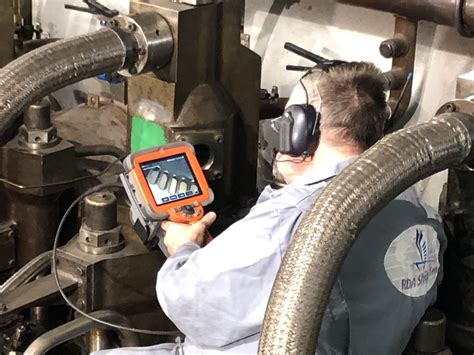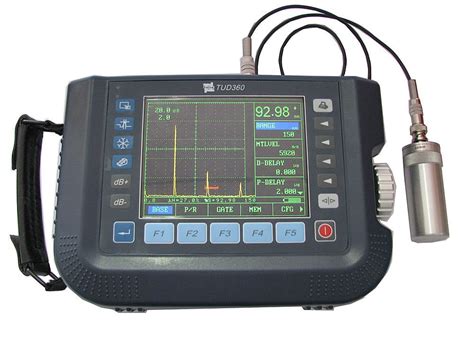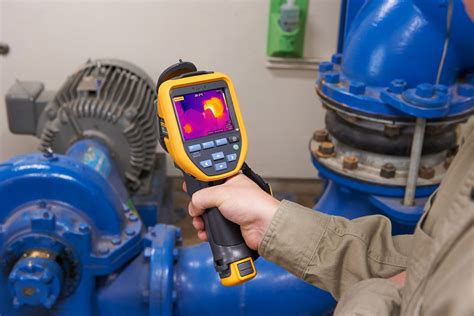Comprehensive Guide to Physical Inspection Techniques
1. What Are the Most Common Techniques for Physical Inspection?
Physical inspection techniques are crucial for assessing the integrity, safety, and condition of structures, equipment, or systems. This article covers some of the most commonly used physical inspection techniques, providing insights into their processes, advantages, and applications.
Key techniques for physical inspection include:
- Visual Inspection: Basic observation of the structure or equipment.
- Magnetic Particle Testing: Used to detect surface and near-surface defects.
- Ultrasonic Testing: Employs sound waves to assess internal conditions.
- Liquid Penetrant Testing: Utilizes dye to expose cracks or other surface issues.
- Thermography: Identifies temperature variations indicating potential issues.

2. How Does Visual Inspection Work in Industrial Settings?
Visual inspection is the most fundamental technique, often forming the first step in a broader inspection strategy. This technique involves observing the surface and appearance of equipment, structures, or systems without the use of special tools or equipment.
There are different levels of visual inspection:
- Direct Visual Inspection: Involves looking directly at the object under adequate lighting.
- Remote Visual Inspection: Uses tools like borescopes or cameras for areas that are hard to access.
Some advantages of visual inspection include ease of implementation, minimal cost, and suitability for a wide range of applications.

3. What Is Magnetic Particle Testing and When Is It Used?
Magnetic Particle Testing (MT) is a non-destructive testing method used to detect surface and near-surface discontinuities in ferromagnetic materials. MT involves applying a magnetic field to the surface and then dusting with iron particles to reveal cracks or defects.
Typical applications for Magnetic Particle Testing:
| Industry | Common Use |
|---|---|
| Automotive | Inspection of engine parts |
| Aerospace | Checking for cracks in landing gear |
4. How Does Ultrasonic Testing Detect Internal Flaws?
Ultrasonic Testing (UT) is a widely used technique for identifying internal flaws in materials. This method uses high-frequency sound waves that travel through the material. The sound waves reflect back when they encounter a defect, which can then be detected.
Some benefits of ultrasonic testing include:
- Highly sensitive to both surface and subsurface flaws
- Portable and requires no disassembly

5. What Is Liquid Penetrant Testing and When Should It Be Used?
Liquid Penetrant Testing (PT) is a method used to reveal surface-breaking defects by bleeding out liquid penetrant from the defect. It is commonly used on non-porous materials and is effective for detecting small surface cracks.
Steps involved in Liquid Penetrant Testing:
- Apply the penetrant to the surface and let it seep into defects.
- Remove excess penetrant from the surface.
- Apply developer to make the penetrant visible.
6. How Is Thermography Used in Physical Inspection?
Thermography is a non-destructive testing technique that identifies anomalies by detecting heat patterns. Using thermal cameras, inspectors can identify irregular heat distribution, which may indicate faults such as insulation issues, electrical faults, or structural weaknesses.
Thermography is particularly useful for:
- Detecting electrical faults in panels and wiring
- Identifying insulation failures

7. What Are the Benefits of Radiographic Testing in Industry?
Radiographic Testing (RT) is a non-destructive testing method that uses X-rays or gamma rays to capture images of internal structures. It is widely used in industries that require thorough, precise inspection of internal components, such as oil and gas, construction, and aerospace.
Some key advantages of radiographic testing:
- Highly detailed internal views
- Applicable for both surface and subsurface inspection
8. How Does Eddy Current Testing Work?
Eddy Current Testing (ET) is used to detect surface and sub-surface flaws in conductive materials. The technique relies on electromagnetic fields to produce electric currents within the material, which respond differently when a flaw is present.
Applications of Eddy Current Testing:
- Inspection of pipes and tubes in the power generation industry
- Detecting corrosion in aircraft fuselages
9. What Is the Importance of Acoustic Emission Testing?
Acoustic Emission Testing (AET) captures the sound waves produced by structural defects under stress. When a material is stressed, it emits acoustic waves, which can be measured and analyzed to locate flaws or points of failure.
AET is widely used in:
- Monitoring pressure vessels and tanks
- Assessing composite materials
10. How Does Vibration Analysis Assist in Equipment Maintenance?
Vibration Analysis is a technique that monitors vibrations in machinery to detect wear, misalignment, and imbalances. Sensors are attached to the equipment to measure vibrations and identify potential issues before they lead to breakdowns.
This method is highly valuable for:
- Rotating equipment, such as motors and pumps
- Large industrial machinery requiring continuous monitoring
Summary Table of Physical Inspection Techniques
| Technique | Description | Applications |
|---|---|---|
| Visual Inspection | Observation of the surface appearance. | General inspections, structures |
| Magnetic Particle Testing | Detects surface and near-surface defects. | Automotive, aerospace |
Frequently Asked Questions
What is the most basic form of physical inspection?
Visual inspection is the simplest and most common form of physical inspection.


